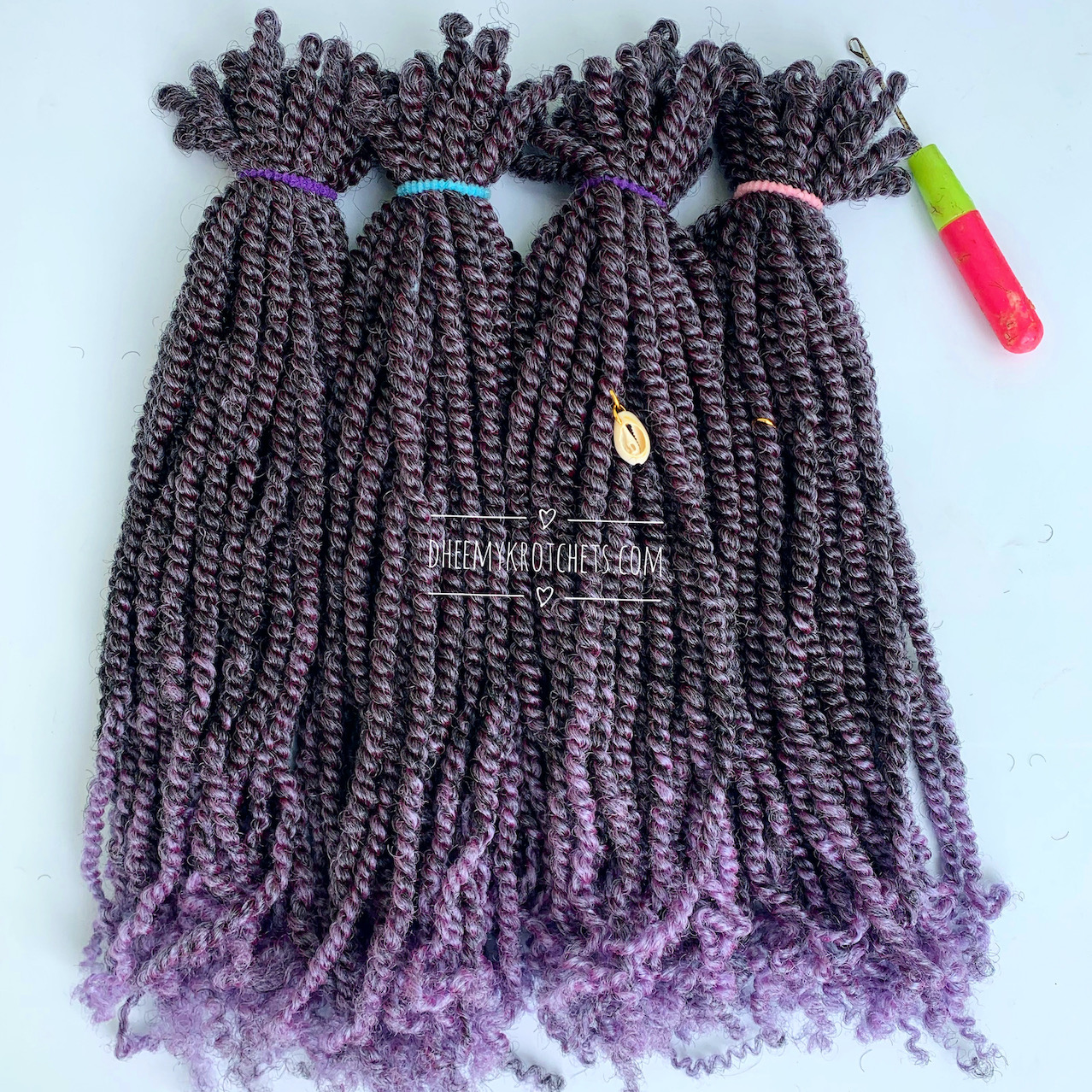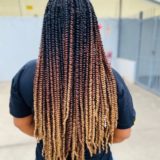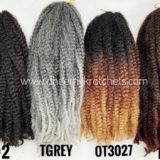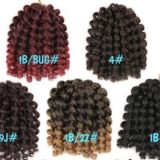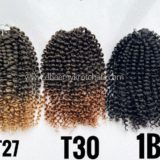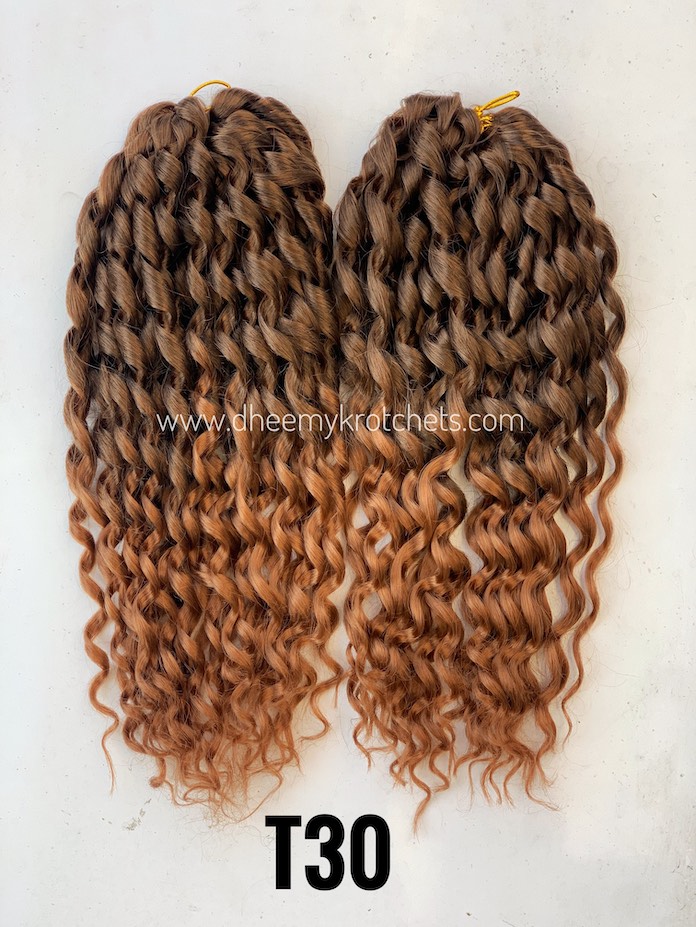5 Reasons your hair isn’t growing even with protective hairstyles.
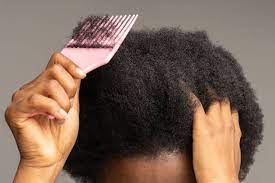

Have you been diligently getting protective hairstyles, but your hair growth seems to have hit a plateau? Don’t worry; you are not alone. Many people struggle with the misconception that protective styles alone guarantee rapid hair growth. However, there could be several underlying factors that are hindering your hair from reaching its full growth potential. In this blog post, we’ll explore five reasons your hair might not be growing as expected, despite your best efforts in getting and maintaining protective hairstyles. So, sit back, and let’s dive into it.
1. Poor Nutrition:
Just like any other part of your body, your hair requires essential nutrients to thrive. If your diet is lacking in vital vitamins, minerals, and proteins, your hair growth can be negatively impacted. Make sure your meals include a variety of foods rich in vitamins A, B, C, D, and E, as well as iron, zinc, and omega-3 fatty acids. Make sure to include eggs, avocado, oats, sweet potatoes, veggies etc. in your diet. Nourishing your body from within will create the ideal environment for healthy hair growth.
2. Excess Tension
While protective styling is beneficial for minimizing breakage and retaining length, excessive manipulation can be counterproductive. Constantly pulling, tugging, or overly tight hairstyles can lead to traction alopecia, a type of hair loss caused by tension on the hair follicles. Opt for gentle styling techniques and avoid excessive brushing. Also, avoid very heavy extensions, alternate between cornrows and single strands for your crochet styles, and take regular breaks from protective hairstyles to allow your scalp and hair to breathe.
Choose Crotchet Styles: https://www.dheemykrotchets.com/shop/
3. Improper Maintenance:
Protective hairstyles are not a set-it-and-forget-it solution. Neglecting proper maintenance can sabotage your hair growth efforts. Ensure you’re moisturizing your scalp and hair regularly, using a lightweight leave-in conditioner or natural oils. Keep your scalp clean and free from product buildup, which can clog hair follicles and stunt hair growth. Additionally, avoid leaving protective styles in for extended periods. Give your hair a break and reevaluate your hair regimen every few weeks to ensure optimal growth conditions.
4. Unhealthy Scalp:
Your scalp’s health plays a significant role in hair growth. If your scalp is dry, irritated, or suffering from conditions like dandruff or psoriasis, it can impede hair growth. Take care of your scalp by cleansing it regularly with a gentle shampoo, followed by a moisturizing conditioner. Consider incorporating a scalp massage into your routine to stimulate blood circulation, which promotes hair growth. If scalp issues persist, consult a dermatologist for proper diagnosis and treatment.
5. Stress and Hormonal Imbalances:
Stress and hormonal imbalances can wreak havoc on your overall well-being, including your hair health. Yup! Stress affects hair too. Chronic stress elevates cortisol levels, leading to hair thinning and shedding. Additionally, hormonal imbalances, such as those caused by certain medications or medical conditions, can disrupt the hair growth cycle. Prioritize rest. Seek stress management techniques that work for you, such as exercise, meditation, or any activity that gets you relaxed. If you suspect hormonal imbalances, consult a healthcare professional for a comprehensive evaluation.
In conclusion,
Don’t be disheartened if your hair growth seems stagnant despite your commitment to protective styling. Understanding the underlying reasons why your hair might not be growing can help you make necessary adjustments. By addressing these factors and incorporating a holistic approach, you’ll pave the way for healthy, vibrant hair growth. So, keep going, be patient, and let your hair flourish like never before! Cheers to healthier hair 🥂

